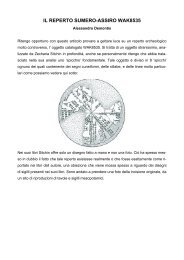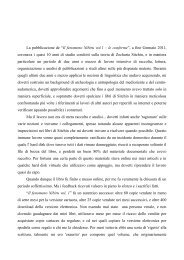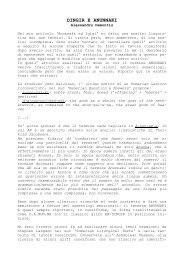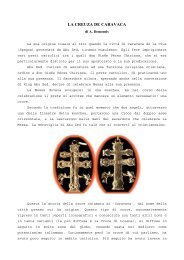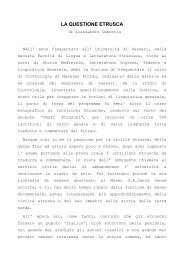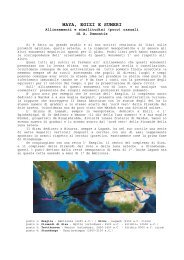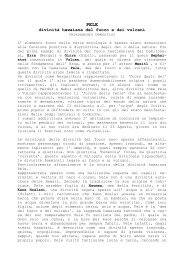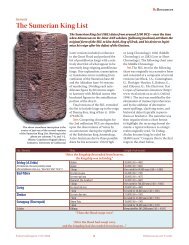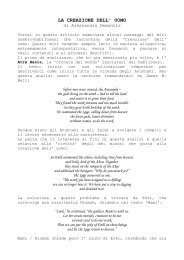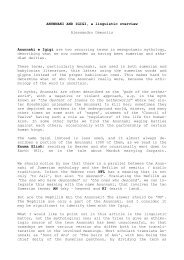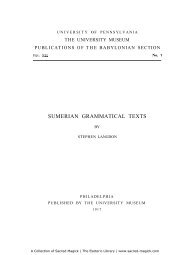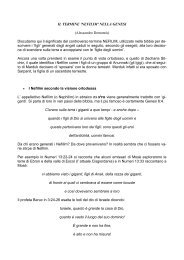NINGISHZIDDA AND ISHKUR The Anunnaki connections between ...
NINGISHZIDDA AND ISHKUR The Anunnaki connections between ...
NINGISHZIDDA AND ISHKUR The Anunnaki connections between ...
You also want an ePaper? Increase the reach of your titles
YUMPU automatically turns print PDFs into web optimized ePapers that Google loves.
the Inca kings, to a similar term used in semitic languages meaning ‘King’. A similar<br />
analysis was made around the term ‘Meshica’ which is not Nauhatl but is used in some<br />
mesoamerican celebrations singing: ‘Yo Meshica, He Meshica, Va Meshica’, and is put in<br />
relation with the term Mashi’ach from which ‘Messiah’ would derive. Other terms with a<br />
clear resemblance are the nauhatl ‘Tupal’ with the babilonian ‘Tubal’ (that arrived to us via<br />
the Bible and the semitic name Tubal, e.g. in Tubal Cain), the nauhatl ‘Nusan’ with the<br />
semitic ‘Nissan’ and babilonian ‘Nisannu’, and the nauhatl ‘Tic’ with accadian ‘Ticu’.<br />
We can also find a nauhatl legend involving the ‘Priest Balam the Jaguar’, who finds<br />
a perfect match in the egyptian records about a priest called Balaam whom the King of<br />
Moab asked to cast a curse against the israelites. Other terms that offer an incredible<br />
resemblance are the mesopotamic ‘Choi’, corresponding to the mesoamerican ‘Chol-ula’,<br />
the mesopotamic ‘Zuibana’ related to the mesoamerican ‘Zuivan’, and the mesopotamic<br />
‘Zalissa’ related to the mesoamerican ‘Xalisco’.<br />
In his book “Linguistic archeology: an introduction”, Edo Nyland deals with the pre-<br />
japaneese language of the Ainus, putting it in relation to the northern african language and<br />
the basque. Basque has always been considered a real mystery by scholars, and it is not<br />
secondary to mention that it is, like sumerian, an agglutinative language. Let us read what<br />
Nyland writes:<br />
“ For instance, the many names beginning or ending with ‘ama’ (Goddess) are all<br />
thought to be of Ainu origin. In 1994 the newly married prince and princess of Japan<br />
traveled to the cave of the ‘Goddess Amaterasu’ to ask her blessings for their marriage.<br />
<strong>The</strong> name Amaterasu is agglutinated from ‘ama-atera-asu’, ‘ama’ (Goddess) ‘atera’ (to<br />
come out, to appear) ‘asturu’ (blessings flow): Blessings flow when the Goddess appears.<br />
This name is made up of perfect Basque!”<br />
Clyde Winters too offers an analysis of two important terms. He reports that one of<br />
the locations discovered by Yacovazzo was called ‘Potosi’ and puts this name in relation<br />
with the sumerian term ‘Patesi’ who indicates the dinasty of prist-kings (the name was<br />
similar in meaning to the more famous Lugal). <strong>The</strong> same term ‘Inca’, according to Winters,<br />
may have been an evolution of the sumnerian ‘En.Ka / En.Gal’ meaning ‘Great Lord’.



